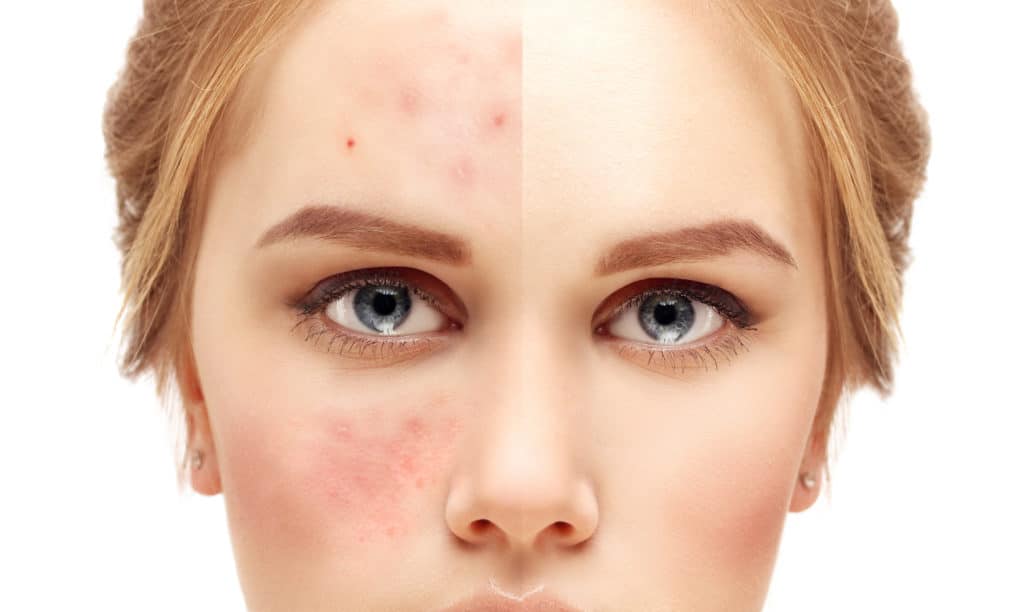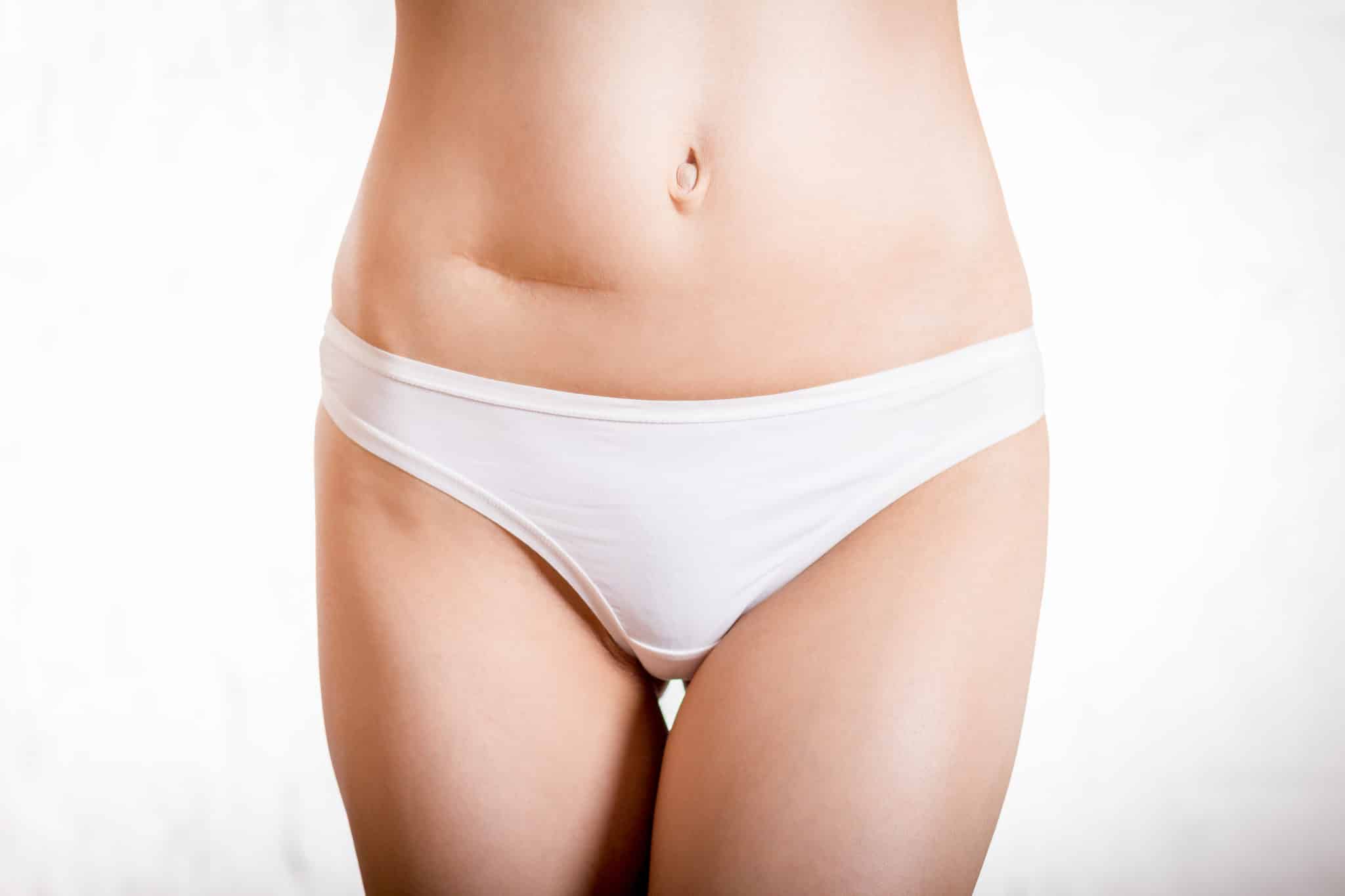Scar Revision
At LUXURGERY© NYC, Dr. Sachin Shridharani offers scar revisions for people seeking to be rid of unwanted scars and restore their appearance. Dr. Shridharani can answer any questions you have regarding the treatments we offer and can determine whether you are a candidate for scar revision procedures. Dial (212) 508-0000 today for a consultation in our New York City office.
Laser Scar Removal
What Is Scar Revision?

What Are The Types of Scarring?
Scars are the result of trauma, surgery, or injury. However, there are many different types of scars and scarring that you should know about.
What is a Keloid?
A keloid is a scar that continues to grow outside the original scar. These can commonly recur which is why it’s so important to have a consultation with a specialist like Dr. Shridharani, a board-certified plastic surgeon, who can provide you with a correct diagnosis and a comprehensive plan to give you the best result possible.
What is a Hypertrophic Scar?
Compared to a keloid, this is a scar that is thick or widened but isn’t overgrowing its original size or shape. These are treated differently than keloids showing how important it is to make a correct diagnosis.
What is an Acne Scar?
Acne scars are the result of acne healing in some people. These scars form after acne has cleared and their appearance varies person to person. Some scars are flat and barely noticeable, while other scars may cause a severe indentation in the affected area. Usually, acne scars form in areas where larger acne lesions have ruptured. The infected material from the lesion can spread and affect the nearby healthy tissue. This causes acne scarring.
How Do You Get Rid Of Old or Unsightly Scars?
Old scars can be treated in a variety of ways. There is a range of options extending from least invasive, such as resurfacing techniques with dermabrasion or lasers, to more invasive such as excisional surgery. Some scars are treated more appropriately non-surgically with treatments such as dermabrasion, microneedling, or lasers. Other scars might need to be completely excised in order to provide the best result. It is best to discuss these options with a board-certified plastic surgeon such as Dr. Shridharani at LUXURGERY in order to find what’s best for you.
What Age Can Scar Revision Be Performed?
Scar revision can be performed at any age provided that the patient is not too young or old to undergo surgery and possible anesthesia, safely. As for the age of the scars, scars will continue to heal over the course of a full year. Newer scars should be allowed to mature (approximately 4-6 months, if not longer) before revision surgery is planned.
Do I Have to Have Surgery?
Not necessarily, some scars are treated more appropriately non-surgically with treatments such as dermabrasion, microneedling, or lasers. Other scars might need to be completely excised in order to provide the best result.
Does Surgery Always Cause Scarring?
Any time there is a cut through the skin (dermis) a scar will form. Some scars are more apparent than others depending on the patient’s natural wound healing as well as how the scar is cared for. There is no such thing as scarless surgery!
Can I heal without any scarring?
Any time there is a cut through the skin (dermis) a scar will form. Some scars are more apparent than others depending on the patient’s natural wound healing as well as how the scar is cared for. There is no such thing as scarless surgery!
What should I do to make the best scar?
Proper scar care includes sun avoidance, scar massage, and specific skin/scar products during the healing process. At LUXURGERY we research and provide our patients with a multi-faceted approach of scientifically proven methods in order to guide the patient’s own natural wound healing to achieve the best result possible.
What are the results of scar revision?
Scar revision, done properly, results in a scar that is thin, soft, and of a similar color to surrounding skin.
What about acne scarring?
Acne scarring, compared to other scars of the face and body that occur with trauma or surgery, is treated more commonly with resurfacing techniques rather than surgical excision. At LUXURGERY we have a variety of advanced, scientifically proven methods to improve acne scarring that we use to provide our patients with excellent results.
What about atrophic scars?
Atrophic scars are on the spectrum of unsightly scarring and can result from several different types of issues during the healing process. Treatments traditionally have included lasers and dermal fillers (Juvederm family, Restylane family, etc…). Surgically, fat grafting can be performed to improve the contour and quality of the scar. Alternatively, one can have the scar formally revised (a process of removing the atrophic scar and repairing the resultant wound). Recently, microneedling with PRP has become an emerging treatment option with minimal downtime and promising results. Typically, the best treatment involved a series of treatments and a combination of procedure options.
What is the recovery with scar revision?
This depends on the location on the body and size of the scar being revised. For example, scars on the face heal faster than scars elsewhere in the body. Our patients go home after the procedure with minimal discomfort and are recovered and back to normal activities in a few days.
What is the typical scar care after surgery?
After surgery, it is very important to follow your plastic surgeon’s recommendations regarding care for your incisions. Be sure to ask him/her about any products or treatments you may be considering as they may influence your healing. At LUXURGERY we assist our patients with a comprehensive and multi-focal approach to wound healing in order to ensure the best possible scaring. Before the surgery, it is important to eat a balanced diet, and if possible, increase protein intake as this will assist with your body’s potential for wound healing after the surgery. Immediately after surgery, you will have dressings in place. These should be left intact until removed by the surgeon, or by yourself per his instructions. Once the wounds have healed you will be advised on various scar treatments and instructions. Most importantly we advise our patients to keep their scars out of direct sunlight. Similar to the tanning process, scars exposed to the sun can become hyper or even hypopigmented (darkened or lightened compared to surrounding skin). If sunlight can’t be avoided, we recommend using a physical barrier type sunscreen or at minimum a chemical barrier of at least SPF 30. After this, physically massaging your scar will assist in the scars becoming softer and flatter. This can be performed with any lotion or cream you have available. The act of massaging the scar is what helps flatten the scar. Once the scar is appropriate for massage, we recommend that our patients apply silicone gel or sheeting. Silicone has been shown in multiple studies to decrease the redness and inflammation of a scar, and thus improve its final appearance. During the healing process, if your scar appears to be firmer or more pigmented than expected, we have the ability in our office to use advanced treatments such as laser or injections in order to ensure your scar heals in the best way possible.
What protocol can one follow to minimize the appearance of scars?
At LUXURGERY, we offer products and different laser treatments to help break up scars even faster. After surgery, the LUXURGERY team sets up each patient with a specific protocol to help facilitate wound healing. Immediately after surgery, different scar care ointments are applied to the scars for a certain number of weeks. One month after the procedure, the patient can have a profractional laser treatment to break up the scar and promote healing.
How do I know what kind of treatment I need to remove my scar?
The type of scar a patient has will determine the treatment. Atrophic scars, scars that are not raised, can be improved with microneedling treatments. Some scars may require a Broad Band Light (BBL) treatment. Others may just require a skin care regimen.
Speak With Dr. Shridharani For Scar Revision In NYC!
Ready to learn more about Scar Revision and find out if you are a good candidate? Call (212) 508-0000 or contacts us online to schedule a consultation with board-certified NYC Plastic Surgeon, Dr. Shridharani.


